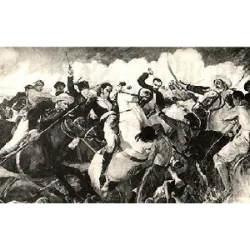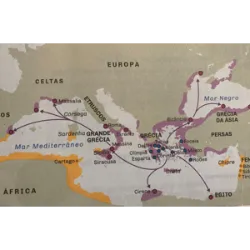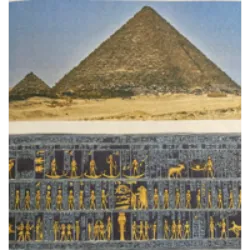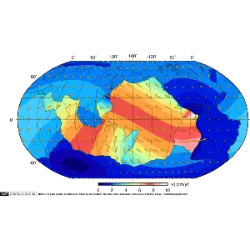Latin American Independences (1810-1825)

Between 1810 and 1825, Latin America underwent an intense process of independence, ending centuries of European colonial rule. Inspired by the American and French Revolutions, as well as Enlightenment ideas, independence movements gained strength, driven by the weakening of the European crowns due to the Napoleonic Wars.
The struggle began with the May Revolution in Argentina (1810) and the independence of Venezuela, led by Simón Bolívar, who played a crucial role in the liberation of several nations. In Mexico, Miguel Hidalgo started the rebellion in 1810, which culminated in independence in 1821, under the leadership of Agustín de Iturbide. In Brazil, the process was peaceful, with Dom Pedro I proclaiming independence in 1822.
The decisive battles took place in Ayacucho (1824), where the Spanish were defeated, guaranteeing the liberation of Peru and consolidating South American independence. In 1825, Bolivia became the last country to free itself from Spanish rule.
The independence movement changed the political landscape of Latin America, forming new nations, but also leaving challenges such as political instability and territorial disputes, which marked the continent in the following years.
Did you know?












